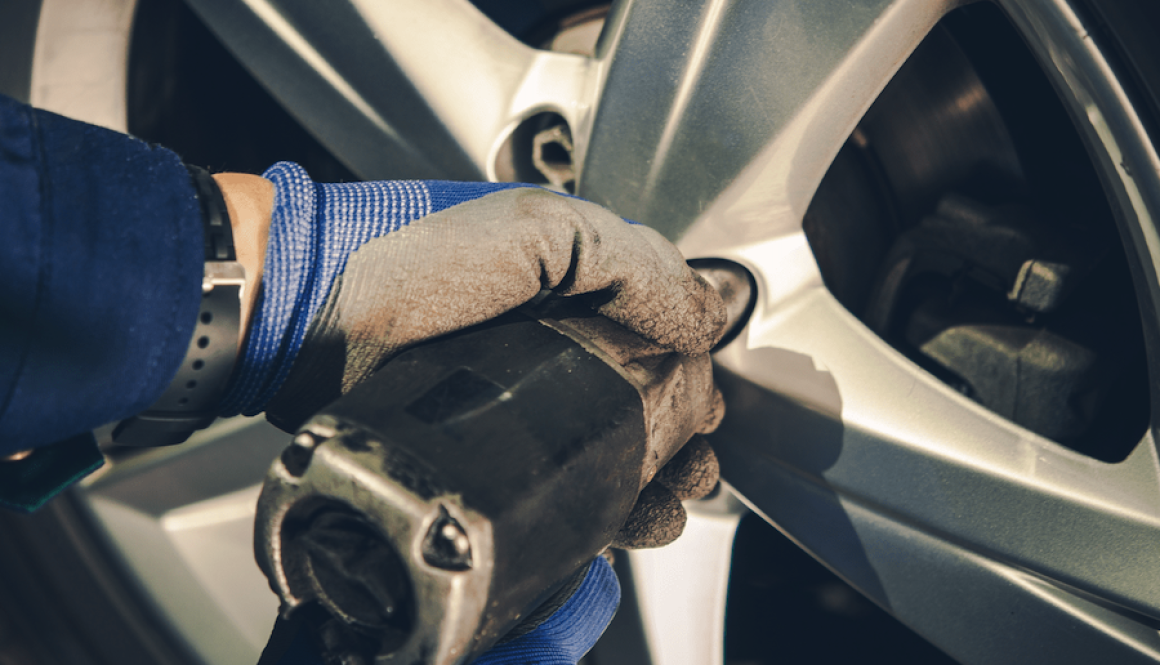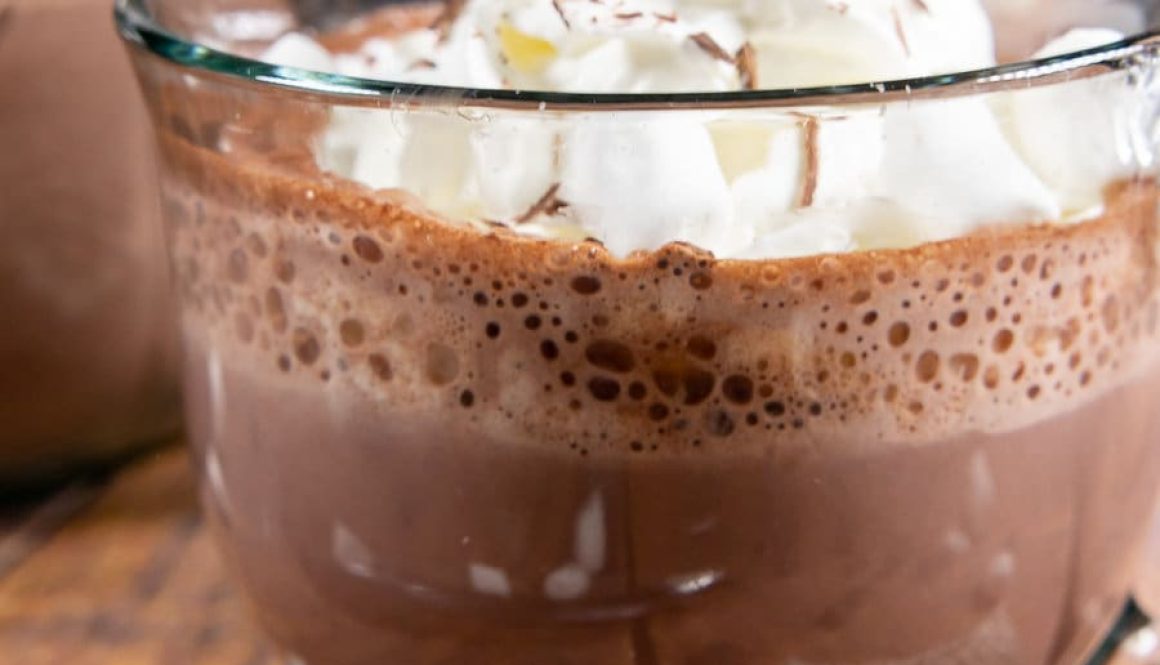Emergency Kit List for Severe Weather
Be prepared: Put together emergency items before severe weather strikes. It’s a good idea to put together an emergency kit to grab at a moment’s notice. Store your basic emergency kit in a waterproof container, and remember to include:
- Flashlights for each person in your family and extra batteries.
- Battery-operated radio with weather band and extra batteries.
- First aid kit and manual.
- Credit cards
- Work gloves
- Duct tape
- Sleeping gear, including pillows, blankets, sleeping bags, air mattresses or cots.
- Basic hand tools, such as a hammer, nails, screwdriver, wrench and hatchet.
- Important papers such as drivers’ licenses, special medical information, insurance policies, personal belongings inventories, titles and social security cards.
- List of phone numbers and addresses for emergency services, shelters, physicians, family and friends outside your area.
You’ll also want to build a survival kit with the following items:
- Food: Store at least a two-week supply of non-perishable foods and special dietary foods, if necessary. Store a manual can opener with the food supply.
- Drinking water: Have at least one gallon per person per day for two weeks.
- Two coolers: One for food, the other to hold ice. Ice is a precious commodity before and after a storm.
- Plastic tarp: Use for roof or window repair.
- Water purification tablets: plain chlorine and iodine.
- Prescription medicines: Have at least a four-week supply.
- Infant necessities: Have a supply of diapers, formula and plastic bags.
- Extra clothing: Pack shoes and a spare pair of eyeglasses.
- Cash: With no power, banks may be temporarily closed, checks and credit cards may not be accepted, and ATMs may not be in operation.
- Camera, with film or video recorder.
Make sure everyone in your family knows where the kits are kept.
Review your emergency plan with your family and post the written plan. Children may be at school and adults at work when the storm hits. Have a plan for getting back together. Ask an out-of-state relative or friend to serve as the “family contact.”










